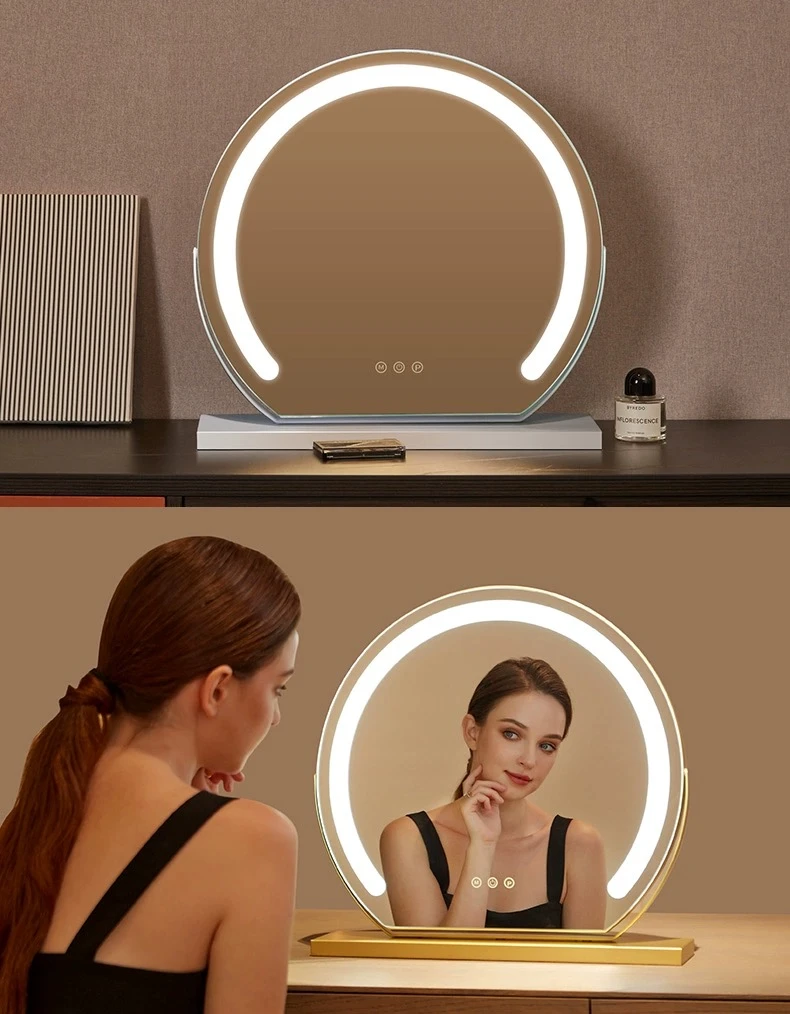

Reflective Glass at Night A Glimpse into Urban Beauty
As the sun sets and the city skyline transforms into a kaleidoscope of colors, the spectacle of reflective glass buildings takes center stage. Nightfall casts a blanket of darkness, yet these shimmering structures become beacons of light, reflecting not only the ethereal glow of street lamps and neon signs but also the vibrant life of the city that never sleeps. The phenomenon of reflective glass at night presents a unique interplay between architecture, light, and urban beauty.
Reflective glass, prominently used in modern architecture, serves both aesthetic and practical purposes. The glossy surfaces create a mirror-like effect, allowing buildings to blend seamlessly with their surroundings while simultaneously creating a dynamic environment. At night, this reflective quality comes to life. The illumination from the bustling streets below is captured and projected onto the glass facades, transforming ordinary buildings into extraordinary canvases of light. This effect is not merely aesthetic; it evokes a sense of magic and wonder, inviting passersby to pause and appreciate the beauty around them.
Walking through a city, one can witness how reflective glass adds to the night’s allure. For instance, in urban centers like New York City, the towering skyscrapers adorned with reflective glass act as prisms, scattering light and creating a mesmerizing dance of reflections. The vibrant lights of Times Square, the gentle glow from street lamps, and the twinkling lights of distant neighborhoods combine to form a dazzling tapestry against the dark sky. Each structure seems to tell its own story, capturing snippets of life as it reflects the bustling activities below.

Moreover, reflective glass buildings contribute to the city’s overall atmosphere. They create an illusion of depth, expanding the horizon and inviting a sense of curiosity. The reflections can offer an abstract representation of reality, allowing viewers to see their environment in a new light—literally and figuratively. A simple glance at a reflective glass facade can reveal not only the city’s lights but also its energy, rhythm, and pulse.
However, the embrace of reflective glass comes with its challenges. While it enhances urban aesthetics, it can also cause issues like glare and heat absorption. Architects and city planners must strike a balance between creativity and functionality, ensuring that reflective surfaces enhance but do not detract from the urban experience.
In conclusion, reflective glass at night serves as a testament to the synergy between human creativity and the natural element of light. These glass giants stand tall, not merely as structures but as sentinels reflecting the vibrancy of city life. As night falls, they remind us of the beauty that can be found in the dance of light and shadow, urging us to explore and embrace our urban landscapes in all their shimmering glory. Whether you’re an artist, a photographer, or simply a curious passerby, the reflections dance vividly against the night sky, inviting all to appreciate the nocturnal charms of our cities.